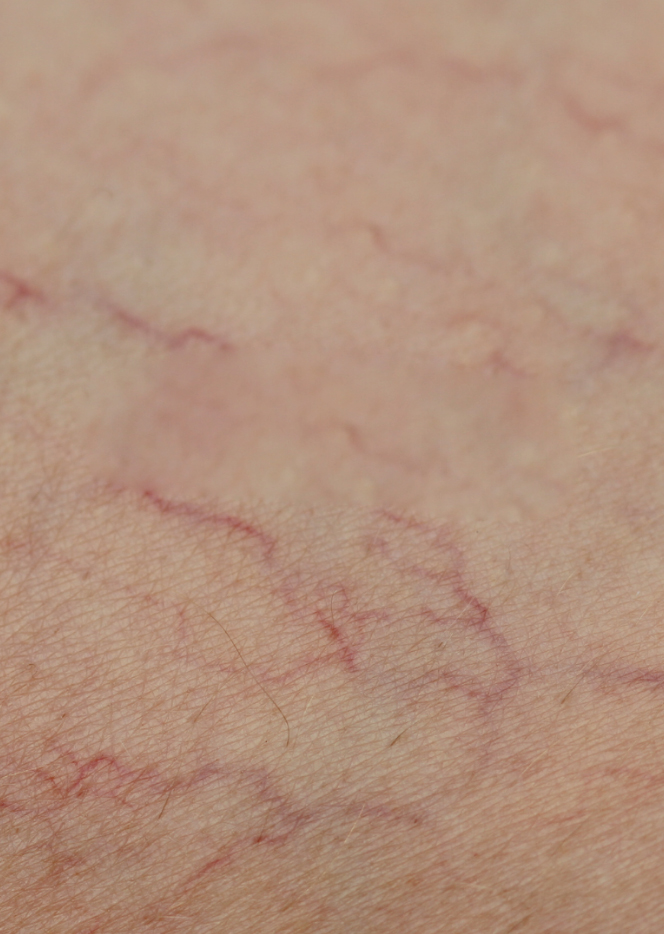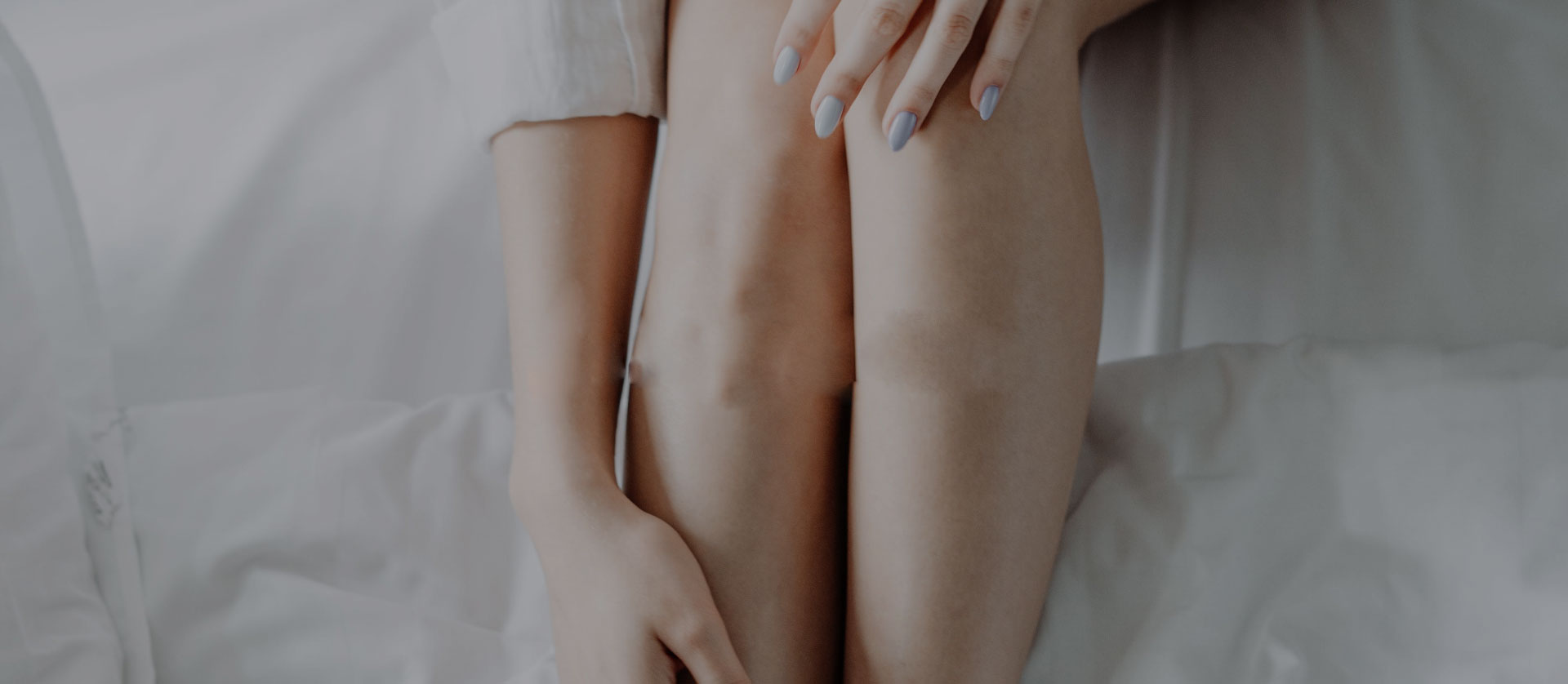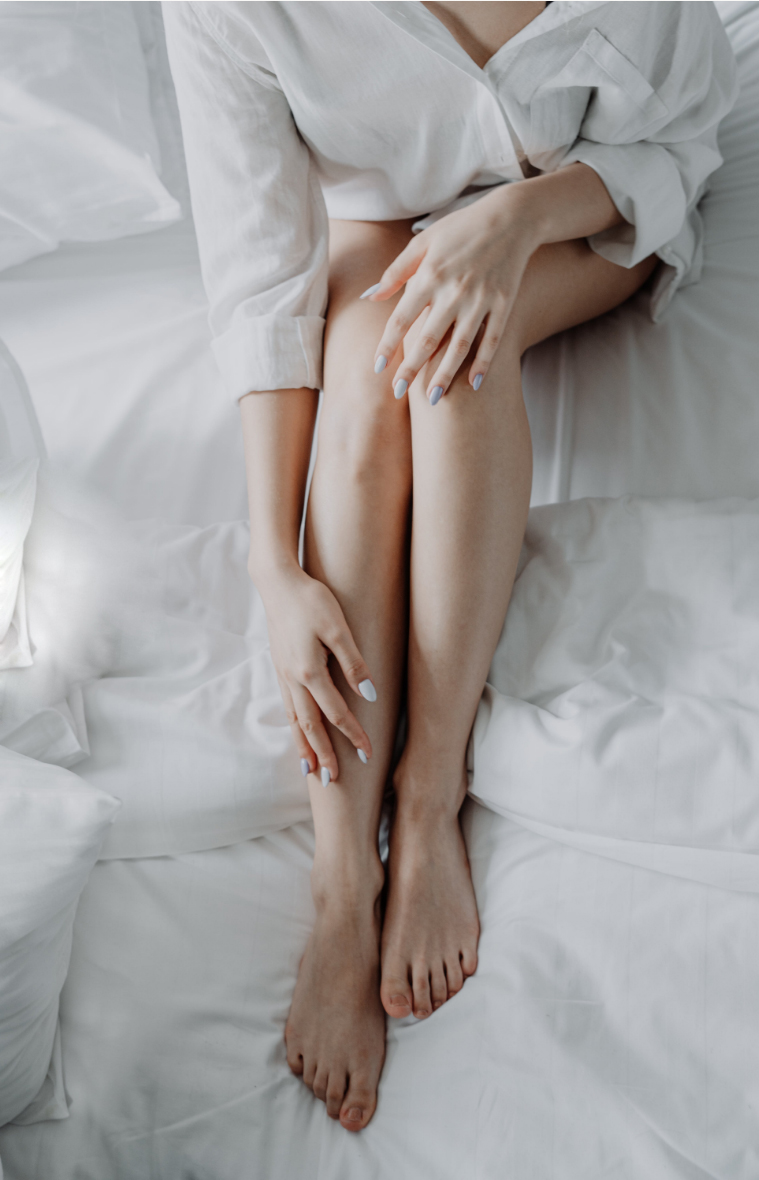We're committed to helping our customers every step of the way and providing useful services to take care of all their needs. At Ocean Skin and Vein we are all board-certified dermatologists who are experts in the detection, prevention, and management of all skin cancers.
Spider Veins

-
Description
Spider veins usually develop on the lower extremities as dark blue or purple blood vessels. They can appear to web and branch over the lower extremities, upper extremities, and sometimes even the face.
-
Treatment
-
Sclerotherapy:
A minimally invasive procedure, which can be used to treat spider veins of the lower legs. The procedure is done with a very small needle through which a sclerosing agent is injected into the vein. This causes the vein to absorb the agent and fade away.
Time: 30 minutes - 1 hour
-
Endovenous Ablation:
A minimally invasive image-guided procedure is an effective treatment for varicose veins. The procedure is done under ultrasound guidance and uses a special catheter, which uses controlled heating to close the abnormal veins from the inside. The procedure is very well tolerated with a relatively quick recovery period.
Time: 30 minutes - 1 hour
-
VenaSeal:
A minimally invasive image-guided procedure is an alternative to endovenous ablation for the treatment of varicose veins. The procedure is also done under ultrasound guidance, however, uses a special medical adhesive to achieve a similar result to close the abnormal veins from the inside. The procedure is very well tolerated and associated with a rapid recovery period.
Time: 30 minutes
Endovenous ablation and Venaseal may be covered by insurance plans if you qualify for the treatment based on evaluation of symptoms, ultrasound, or active ulcers.
-
Spider Vein Before After
Varicose Vein

-
Description
Veins are thin-walled blood vessels that carry blood towards the heart. Veins in the legs have one-way valves that keep blood from flowing backward. Varicose veins occur when the valves fail or are absent, which allows blood to flow backward into thin-walled superficial veins. Over time, these superficial veins can become bigger, twisted, bulge through the skin, and can cause discomfort.
-
Symptoms
Varicose veins are associated with the following symptoms involving the legs:
heaviness
cramping
swelling
itching
restless legs
generalized pain
if left untreated, varicose veins can also progress to skin discoloration, skin thickening/hardening, and skin breakdown/ulceration
-
Diagnosis
An ultrasound study of the leg veins is performed, which is evaluated by a vascular expert (Dr. Khalsa) to see if you are a candidate for treatment.
-
Treatment
-
Sclerotherapy:
A minimally invasive procedure, which can be used to treat spider veins of the lower legs. The procedure is done with a very small needle through which a sclerosing agent is injected into the vein. This causes the vein to absorb the agent and fade away.
Time: 30 minutes - 1 hour
-
Endovenous Ablation:
A minimally invasive image-guided procedure is an effective treatment for varicose veins. The procedure is done under ultrasound guidance and uses a special catheter, which uses controlled heating to close the abnormal veins from the inside. The procedure is very well tolerated with a relatively quick recovery period.
Time: 30 minutes - 1 hour
-
VenaSeal:
A minimally invasive image-guided procedure is an alternative to endovenous ablation for the treatment of varicose veins. The procedure is also done under ultrasound guidance, however, uses a special medical adhesive to achieve a similar result to close the abnormal veins from the inside. The procedure is very well tolerated and associated with a rapid recovery period.
Time: 30 minutes
Endovenous ablation and Venaseal may be covered by insurance plans if you qualify for the treatment based on evaluation of symptoms, ultrasound, or active ulcers.
-







